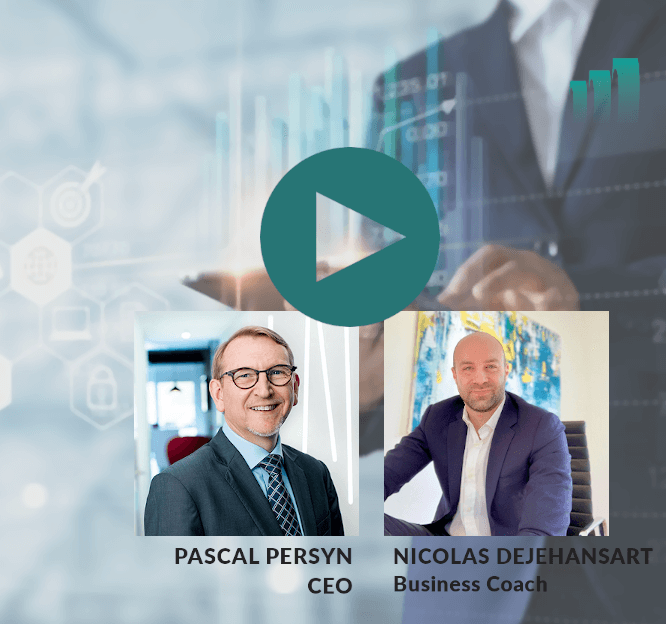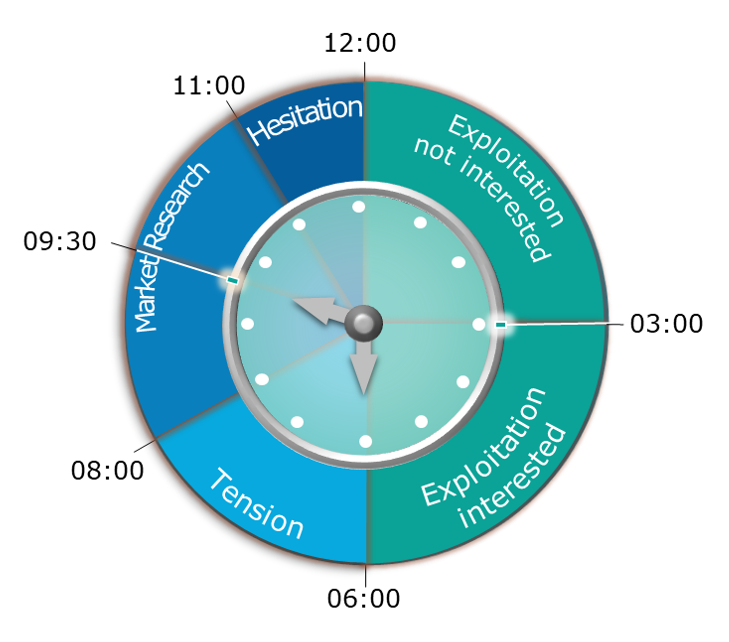Suppose your company is ready to make its next investment. You might be planning to change your ERP system, start e-commerce, re-do the website or even buy new office premises.
There are various milestones to take into account when considering where you are in your buying process:
- Are you 100% sure you want to change the existing situation?
- What will your new purchase enable you to do?
- Have you already calculated the costs and ROI?
- What criteria will you use to compare suppliers?
- Have you compared the differences and benefits of the various options?
- How can you guarantee that your future supplier will not disappoint you in the long run?
- Have you checked if the new solution will cause any new problems?
You’re probably not the only person involved in this buying process: do you think your CFO and other colleagues will give the same answers to the questions above?
Everyone goes through the same mental stages in the buying process
Keep the future investment in mind for a moment. Do you realise that all your colleagues, like any individual, go through the same mental stages before making a decision to buy? Scientific research shows that every buying process follows the same sequence of mental stages. This ‘buying clock’ is a good tool for working out the readiness to buy of everyone involved in the decision-making process.
This doesn’t mean that everyone’s buying clocks are synchronised, however; the speed at which people go through the various stages depends on various factors:
- Experience of buying a similar solution
- The extent to which we can differentiate the impact of the various options
- The importance and impact of the decision on ourselves and/or the organisation
The mental journey through the whole buying cycle can take seconds, months or even years before all relevant decision-makers have completed it at their own pace and a contract can be signed.
Increase your company profits with these insights
The next stage: apply the ‘buying clock’ to the sales process in your company. Are your sales and marketing personnel aware of clients’ mental buying clocks? Wouldn’t it be great if your team could detect your clients’ readiness to buy correctly, and then act accordingly? For example: no sales person with good knowledge of the buying cycle will talk about a product’s specific features until the client is convinced they need something even similar to your solution. The client will feel better understood if you address them in a language that matches where they are in the buying process.
More sales with higher margins at a lower cost
At an organisational level, your company will develop a common language that helps to align sales activities and vastly increase efficiency and effectiveness. If you want to be able to achieve the following, consider making the readiness to buy the reference point for every action you undertake for individual clients. You will gain various benefits from applying these insights:
- A common language to improve the sharing of experiences and improving team performance
- Accurate timing of actions, resulting in a lower cost of sales and higher ROI on marketing
- Higher conversion rates
- Less margin erosion
- Predictable, objective forecasts



 Pascal Persyn
Pascal Persyn








